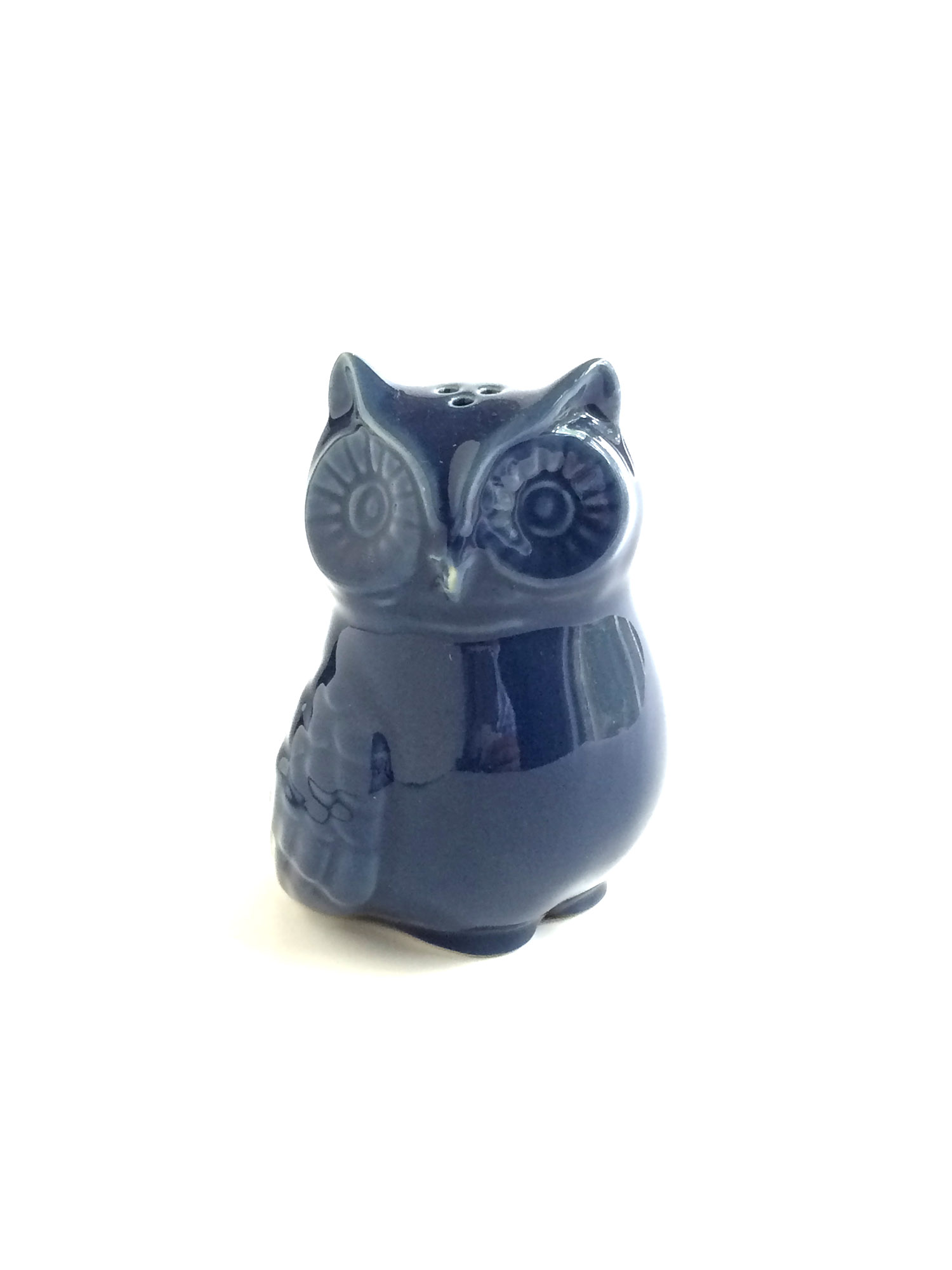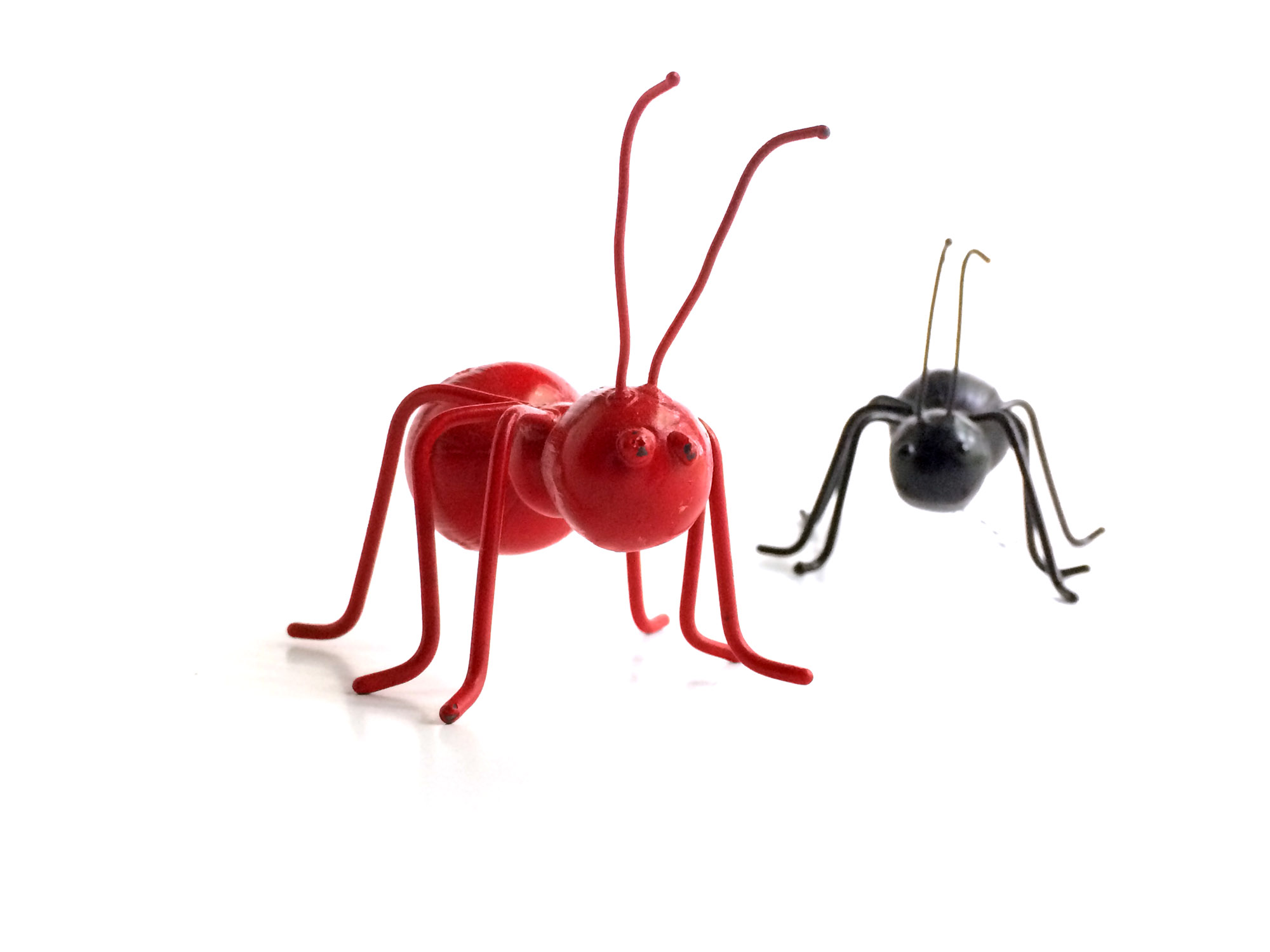I had a friend call me a few months back whose wife makes clothing and sells it on Etsy and other sites (Check her stuff out at Heather Bradley). He wanted to ask me some advice on taking pictures better. I answered his question and told him that if they ever got to a point I'd be happy to take photos for him and his wife.
A lot of businesses just starting can't afford a photographer. I would hope that every business makes it to the point that they no longer have time to take there own photos or they want the quality of their photographs to be of a level past their abilities.
But in the meantime here is my brief guide to taking photos on white with an iPhone:
An iPhone has a great camera. It has limitations to be sure, but to put it in perspective, an iPhone 4s and higher has at least an 8 megapixel camera. For five years as a newspaper photographer and my $1,300 DSLR Canon camera was an 8.2 megapixel camera. I had photos on the front page, tabloid special sections and even billboards with that camera. As terrible as a newspaper's print quality is websites have even less resolution requirements.
For most websites an iPhone will do, but the big thing most people need to work on is the quality of light. To do that all you really need is a window, some white poster board and white foam board. You can get both at Walgreens for under $10. If you really want to spend a little more money you can buy a small tripod, a phone clamp (at Target) and an A- clamp or two from Home Depot.
First things first, pick a window. The bigger the better. Try to find one that doesn’t have sun light coming directly through. North facing windows work great but for non-North facing windows try to picking a time of day that doesn't have light pouring through.
If the only window you have has light coming through it all day go to the store and buy a white opaque shower curtain liner. Any one that is a little thinner than regular printer paper will be fine. Target sells some for $10 but the one I like most is thinner and $3 from Dollar General. Tape this up over the window to defuse the direct sunlight coming through. (Sometime this works to defuse harsh sunlight reflecting off a car windshield, etc.)
Next set up a table right next to the window and place the thin poster board on top. Curve the poster up to make an “L” shaped seamless table top/ background surface. You can use anything, a book, a wall, I will use a piece of PVC but that is not required.
Then place the product to be photographed on your set. Put your iPhone on the tripod and place it so that you see nothing but your product and the white of the set. (Use whatever camera app you would like. For this demonstration I'll be using the standard camera app.)
At this point you will notice two problems. The half of the product away from the window is in near total darkness and the overall photo looks too dark.
Grab the foam core board. I like using smaller pieces so I usually cut off a foot squared piece to make it manageable. I use an A-clamp to support the piece of board and then place it on the side of the product opposite the window. Move it closer and/or further away until the shadows are filled in as much as you like. If the board is in the frame a little don't worry about it you can crop it out later. If you need to add more light move the board closer or use a larger piece of foam board.
Now for the second problem. A lot of times the picture, as a whole, is too dark. This is because all cameras are adjusting the exposure so that it is middle of the road and the white background is overwhelming and confusing the camera. What you end up with is a gray poster board and a really dark product. (Especially if that product is black or dark) First zoom in a little. (If the product is dark this will help some. However, don't zoom in too much. The way an iPhone zooms, a “digital” zoom, will degrade the quality of the image.) iPhones have a simple way to adjust exposure. Just touch the screen where your main subject is until a square pops up and then hold until it blinks twice. This simultaneously adjusts exposure and locks the focus on your product. (You will need to re-do this step every time you change the position of your camera to make sure the product isn't out of focus.)
So lets say the iPhone adjusted the exposure some but it sill looks too dark. If you have black on the back of your foam board you can use any extra piece to split the background with black, half black/ half white, then do the exposure lock on your . Take the black board away and the exposure should now be correct. (This was probably the most tricky thing to do. There are several camera apps out now that allow you to adjust exposure manually and if you keep having trouble I would highly recommend looking in to getting one of these apps.)
If you are taking many photos of similar objects. Put a small piece of tape and hide it behind the first product. Use that to keep the objects in the same place which will keep them consistently exposed and in focus.
There are limitations to using an iPhone and window light. Some iPhone problems will be ironed out with future updates to the camera software but others are inherent in all point and shoot style cameras as well as phones.
With windows, clouds may cause the exposure to make huge fluctuations. The difference between the quality of light in the morning, midday and evening might cause headaches. Nothing, however, is as bad as when you're trying to squeeze in one more picture as the sun goes down. Consistency of exposure is one of the reasons professional photographers use lights.
The focusing and exposure can be a pain with an iPhone. Exposure can be adjusted in another app as long as it's close but there is no making it more in focus after the fact. Also, the iPhone has one lens and it is very wide angle which is not the best way to photograph products. You can use the zoom, but if you zoom in too much you will have image quality problems.
Play around with things to make it the way you want. Move the “fill” card around and see what it looks like, move the table top closer or further from the window, rotate it 45 degrees or 5 degrees, shoot your products on a wood surface.
What ever you do, have fun!











